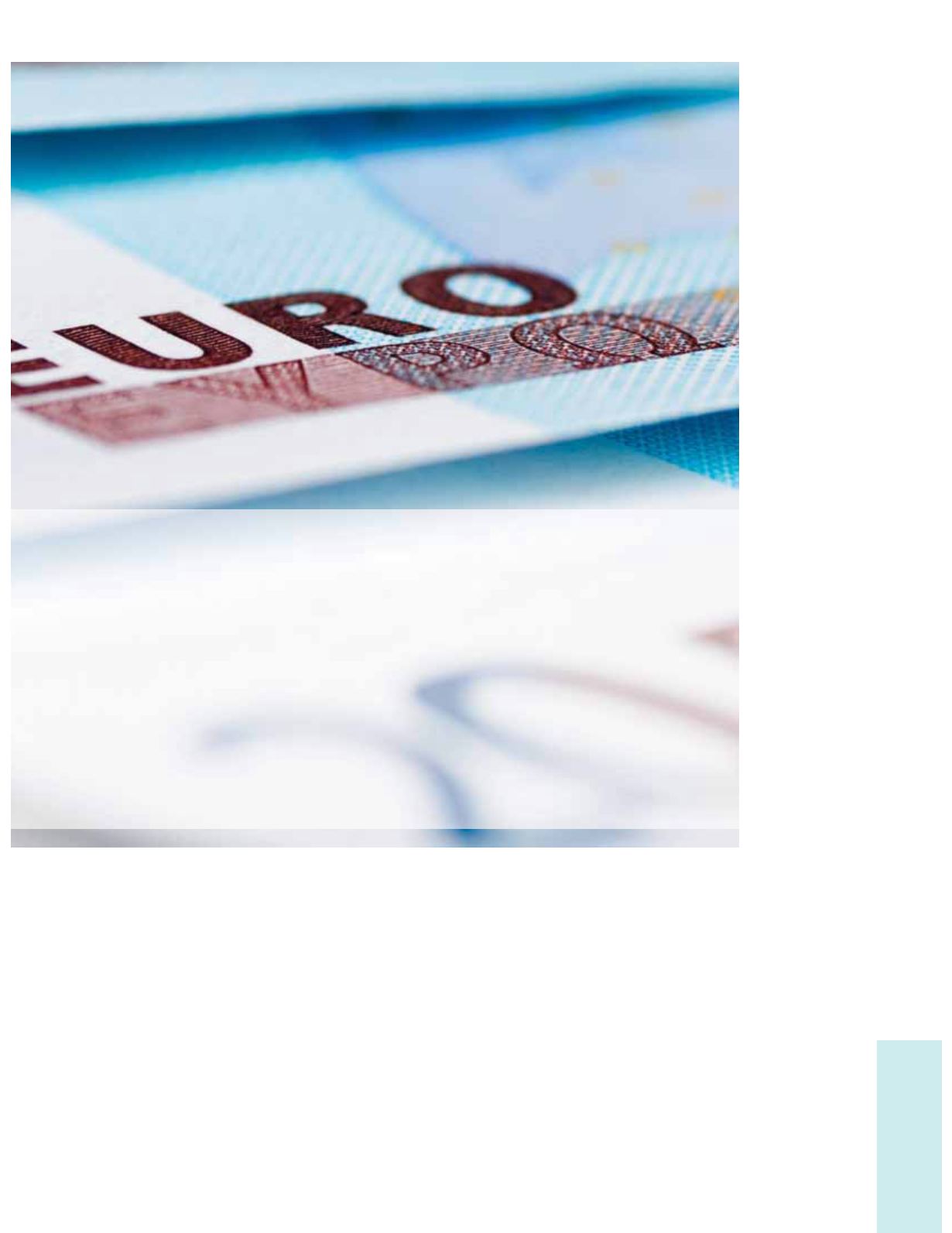
Trade with Greece
67
ple, in the case of Piraeus Bank they are estimat-
ed at 52%. It is crucial, however, to point out that
this average ratio is mainly influenced by con-
sumer loans. This is the category with the lowest
overdue balances, albeit its average NPL ratio
exceeds 60% in some cases, thus pushing
upwards the average for all types of loans. Thus,
the problem may not be as dramatic as it seems
at a first glance.
Indeed, this ratio is lower in the case of business
and mortgage loans. On average, this ratio is
between 35% and 40%. Given, however, that in
both the above cases the balances are very high,
the problem is more pronounced than in the case
of consumer loans. And thus, a package of con-
sumer loans worth 1 million euros is currently sold
at a very low price; that could never be the case
with a package of mortgage or business loans.
Before delving on how these loans came to be
sold, one should look at the root causes of the
problem. The most important has to do with the
loose –after a certain point– lending policy that
was pursued in the past 20 to 25 years.
Especially after the credit liberalisation that effec-
tively started in the mid-1990s.
Another cause has to do with the “strategic
defaulter” practice, which has recently become
increasingly popular. As shown by the relevant
This is, indeed, the major bet for the Greek economy:
the management of non-performing loans (NPLs). It is
estimated that Greek bank portfolios currently include
almost 100 billion euros in loans that have long ago
stopped being serviced and, therefore, represent an
insolvable puzzle for the country’s banking system,
which seeks ways for restructuring them.
By George Mandelas


